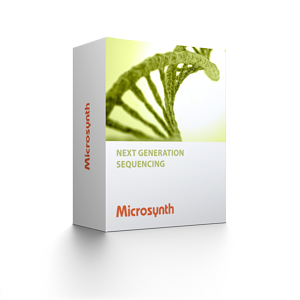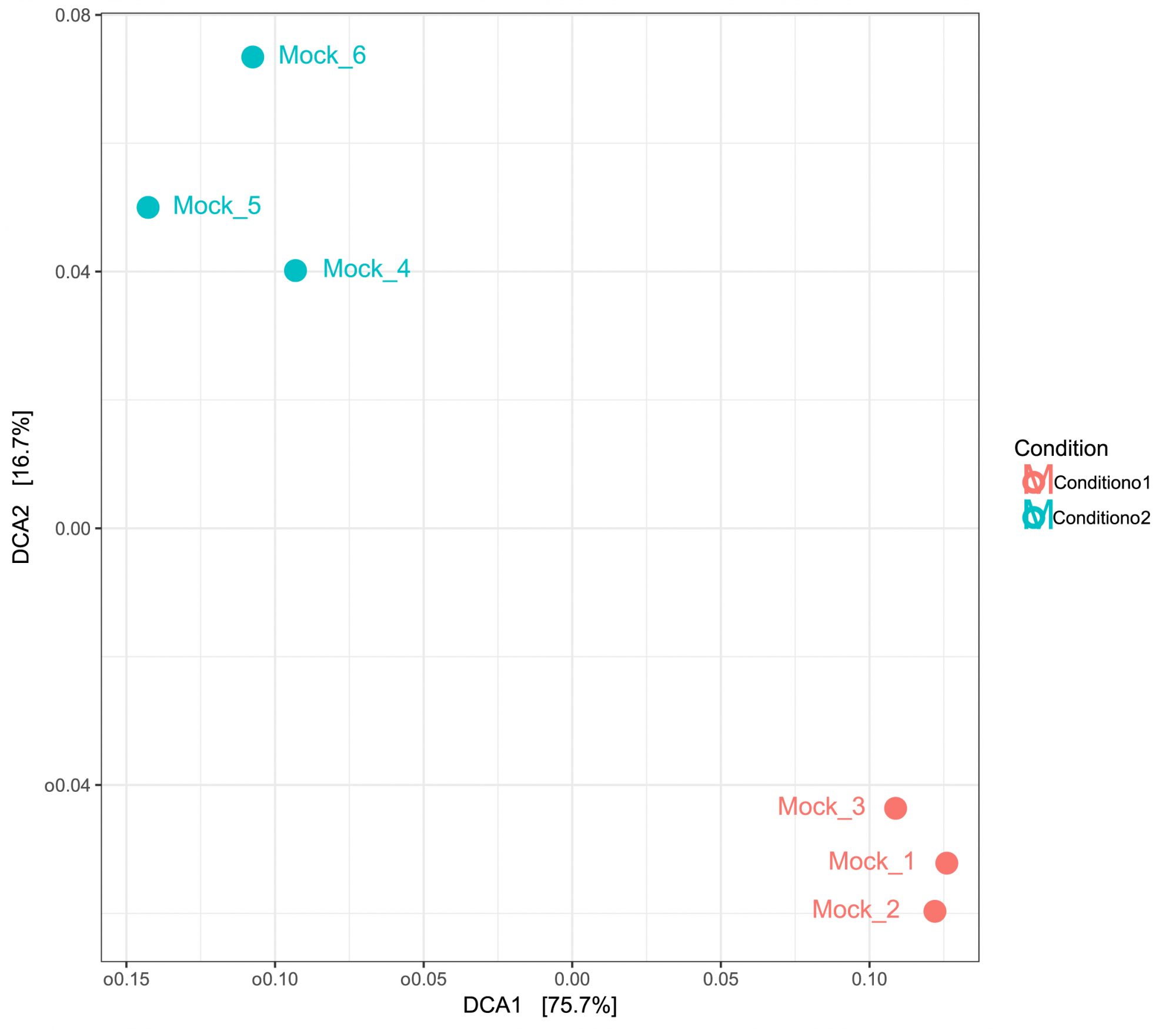
Back to top
CRISPR/Cas9 Sequencing

- Verify your guides library by deep sequencing
- Validate CRISPR/Cas9 targets and mutation efficiency by amplicon deep sequencing
- Discover the candidates with most impact from screenings and the frequency and implications of the edits
Overview
Considerations before starting a CRISPR/Cas9 sequencing project:
- Minimal required sequencing length?
- Sequencing depth?
- Analysis – frequency versus mutation implication?
- Functional setup (replicates and conditions)?
Let us guide you – from design to analysis
Example projects using CRISPR/Cas9 sequencing:
- Verification of CRISPR/Cas9 plasmid libraries
- Analysis of target loci
- Analysis of predicted off-target loci
Applications related to CRISPR/Cas9:
- Amplicon deep sequencing
- RNA sequencing
- Eukaryotic resequencing
Workflow
Results
Our gene-editing analysis module addresses the analysis of experiments where a certain gene is edited by molecular biological techniques such as CRISPR/Cas9. The module is designed to help with both, pre- and post-editing analysis. You can analyze your plasmid library containing the sgRNAs as well as the target genes after the gene editing took place. Answers to the following major questions will be provided:
- Which sgRNAs are present in the plasmid library and what is their frequency? (see Figure 1)
- Was the gene editing event successful and if so what was the effect on the target gene in comparison to its reference sequence? (see Figure 2+3 and Table 1)
- What is the consequence of a certain treatment compared to a group of controls? (complementary comparative dereplication analysis) (see Figure 4)
The analysis of the plasmid library requires no references and as results the sequenced sgRNAs are provided along with their frequencies.
For post editing analysis the edited genes are amplified, sequenced and aligned against the reference sequence. Thus insertions and deletions (InDels) are identified and reported along with their frequencies.

Figure 1: Detail of FASTA file containing unique sequences annotated with expected sequencing error and sequence frequency.
Turnaround Time
- Delivery of data within 25 working days upon sample receipt (includes library preparation and sequencing)
- Additional 10 working days for data analysis (bioinformatics)
- Express service possible on request






